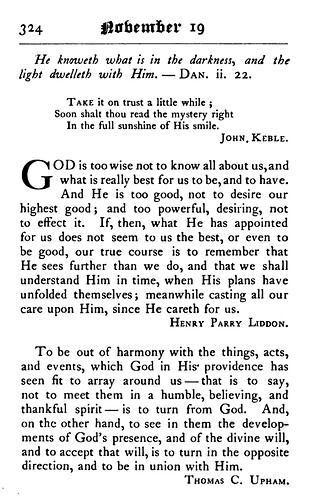So I have finally imbibed some good (not great) fiction by reading Matt Haig’s The Midnight Library, a clever tale woven around the many worlds hypothesis which looks at the experience of one 30 something young woman whose regrets pushes her to do herself in. It is well written for creating a context for that central idea which is easy to follow and making it easy, even fun, to do so. But while some laud it for the depth of its characters I have to lament that the depth is largely just gestured to and rather than being deeply embodied by the characters.
I have no excerpts from the book itself because it is a fun read which could be easily spoiled and because I just don’t find much to chew on here.
It took me while to get into it as I am so put off by the many worlds theory of quantum mechanics and the way that keeps getting folded into discussions of a multiverse. Interestingly I am no longer enamored with a multiverse. It maybe, and may not be but is not worth much consideration IMO. But the many worlds theory is even more suspect than multiverse speculation at least according to this article) by science writer Philip Ball in Quanta Magazine.
It is the most extraordinary, alluring and thought-provoking of all the ways in which quantum mechanics has been interpreted. In its most familiar guise, the many-worlds interpretation (MWI) suggests that we live in a near-infinity of universes, all superimposed in the same physical space but mutually isolated and evolving independently. In many of these universes there exist replicas of you and me, all but indistinguishable yet leading other lives.
The idea that the universe splits into multiple realities with every measurement has become an increasingly popular proposed solution to the mysteries of quantum mechanics. But this “many-worlds interpretation” is incoherent, Philip Ball argues in this adapted excerpt from his new book Beyond Weird.
After the Danish physicist Niels Bohr articulated and refined what became known as the Copenhagen interpretation — widely regarded as the orthodox view of quantum mechanics — in the 1930s and ’40s, it seemed that the central problem for quantum mechanics was the mysterious rupture created by observation or measurement, which was packaged up into the rubric of “collapse of the wave function.”
The wave function is a mathematical expression that defines all possible observable states of a quantum system, such as the various possible locations of a particle. Up until a measurement is made and the wave function collapses (whatever that means), there is no reason to attribute any greater a degree of reality to any of the possible states than to any other. It’s not that the quantum system is actually in one or other of these states but we don’t know which; we can confidently say that it is not in any one of these states, but is properly described by the wave function itself, which in some sense “permits” them all as observational outcomes. Where, then, do they all go, bar one, when the wave function collapses?
At first glance, the many-worlds interpretation looks like a delightfully simple answer to that mysterious vanishing act. It says that none of the states vanishes at all, except to our perception. It says, in essence, let’s just do away with wave function collapse altogether.
This solution was proposed by the young physicist Hugh Everett III in his 1957 doctoral thesis at Princeton, where he was supervised by John Wheeler. It purported to solve the “measurement problem” using only what we know already: that quantum mechanics works.
But Bohr and colleagues didn’t bring wave function collapse into the picture just to make things difficult. They did it because that’s what seems to happen. When we make a measurement, we really do get just one result out of the many that quantum mechanics offers. Wave function collapse seemed to be demanded in order to connect quantum theory to reality.
So what Everett was saying was that it’s our concept of reality that’s at fault. We only think that there’s a single outcome of a measurement. But in fact all of them occur. We only see one of those realities, but the others have a separate physical existence too.
In effect, this implies that the entire universe is described by a gigantic wave function that contains within it all possible realities. This “universal wave function,” as Everett called it in his thesis, begins as a combination, or superposition, of all possible states of its constituent particles. As it evolves, some of these superpositions break down, making certain realities distinct and isolated from one another. In this sense, worlds are not exactly “created” by measurements; they are just separated. This is why we shouldn’t, strictly speaking, talk of the “splitting” of worlds (even though Everett did), as though two have been produced from one. Rather, we should speak of the unraveling of two realities that were previously just possible futures of a single reality.
(The many-worlds interpretation is distinct from the multiverse hypothesis, which envisions other universes, born in separate Big Bangs, that have always been physically disconnected from our own.)
This novel depends on the portion I quoted, bolded and italicized in the first paragraph. But setting that aside as being no more nonsense than entering another world at the back of a wardrobe, the story moves along nicely. Very much a plot driven story reminiscent of one called Blood Music I read with @Kendel and @Klax not too long ago. More clever than profound unless the whole infinite selves playing out simultaneously carries more wonderlust for you than it did for me. A well crafted and fun read.

